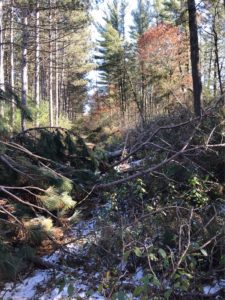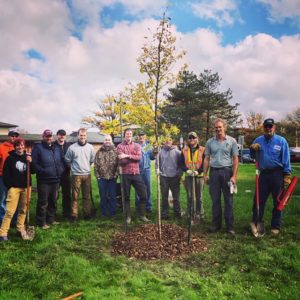 Over the years, the Urban Tree Alliance (UTA), a Madison-based nonprofit, has launched several innovative programs that promote environmental equity. The first of these programs, the Madison Canopy Project, continues to offer free trees to homeowners in selected low-income, low-canopy neighborhoods. Initially funded with the assistance of DNR Urban Forestry Grants, the program now has other funding sources and is kicking off its seventh year.
Over the years, the Urban Tree Alliance (UTA), a Madison-based nonprofit, has launched several innovative programs that promote environmental equity. The first of these programs, the Madison Canopy Project, continues to offer free trees to homeowners in selected low-income, low-canopy neighborhoods. Initially funded with the assistance of DNR Urban Forestry Grants, the program now has other funding sources and is kicking off its seventh year.
UTA’s newest program, the Housing Partnerships Program, provides tree planting and technical tree assessment services for multi-family residential properties. UTA received 2019 and 2020 DNR Urban Forestry grants to implement and expand this program.
Why the focus on multi-family residences, you may ask? “Through our work in Madison neighborhoods, we have regularly encountered unmet opportunities for tree planting at thousands of multi-family properties,” explains Jeremy Kane, Director of UTA.
Continue reading “Trees for all: Madison nonprofit serves multi-family residences”

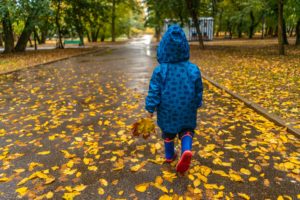 Looking for some hard numbers on how urban trees affect health conditions such as asthma, cardiovascular disease, obesity, and ADHD?
Looking for some hard numbers on how urban trees affect health conditions such as asthma, cardiovascular disease, obesity, and ADHD? 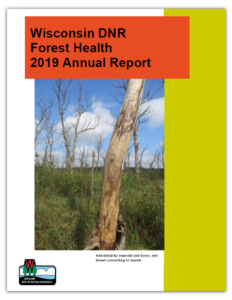 The DNR Forest Health team recently completed the
The DNR Forest Health team recently completed the 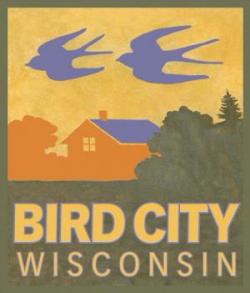 Bird City Wisconsin announces a new small grants program available to current Bird City communities. Grants totaling $500 will be awarded in each of three categories: creating and protecting bird habitat, educating residents about interactions between birds and people, and protecting birds by reducing threats.
Bird City Wisconsin announces a new small grants program available to current Bird City communities. Grants totaling $500 will be awarded in each of three categories: creating and protecting bird habitat, educating residents about interactions between birds and people, and protecting birds by reducing threats.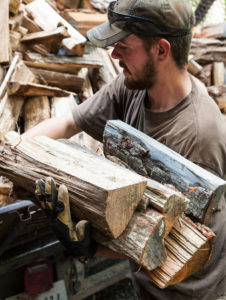
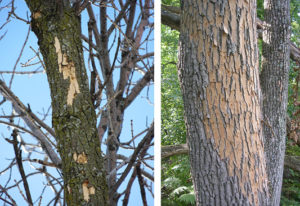
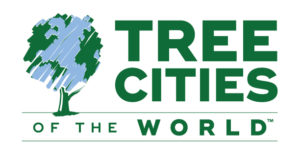 Now more than ever, trees and forests are a vital component of healthy, livable, and sustainable communities, in the U.S. and around the globe. Along with its partners such as the Wisconsin DNR, the Arbor Day Foundation is seeking ways to link together those that plant and tend urban trees and forests for the benefit of humankind.
Now more than ever, trees and forests are a vital component of healthy, livable, and sustainable communities, in the U.S. and around the globe. Along with its partners such as the Wisconsin DNR, the Arbor Day Foundation is seeking ways to link together those that plant and tend urban trees and forests for the benefit of humankind.